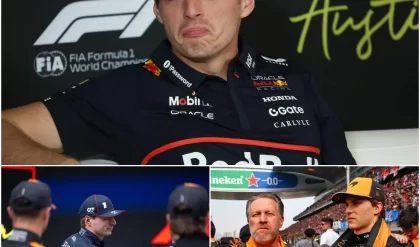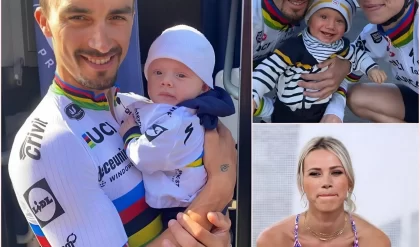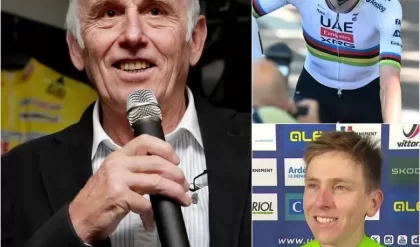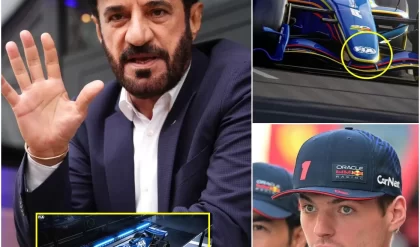The F1 driver market is becoming the center of attention as new rumors and evidence suggest the possibility of the biggest transfer shake-up in years. It all stems from the major technical regulation changes set for 2026, which promise to usher in an entirely new era for motorsport. With engines, aerodynamics, and car design all being completely redefined, the current hierarchy among teams could be overturned, forcing top drivers to carefully reconsider their futures.
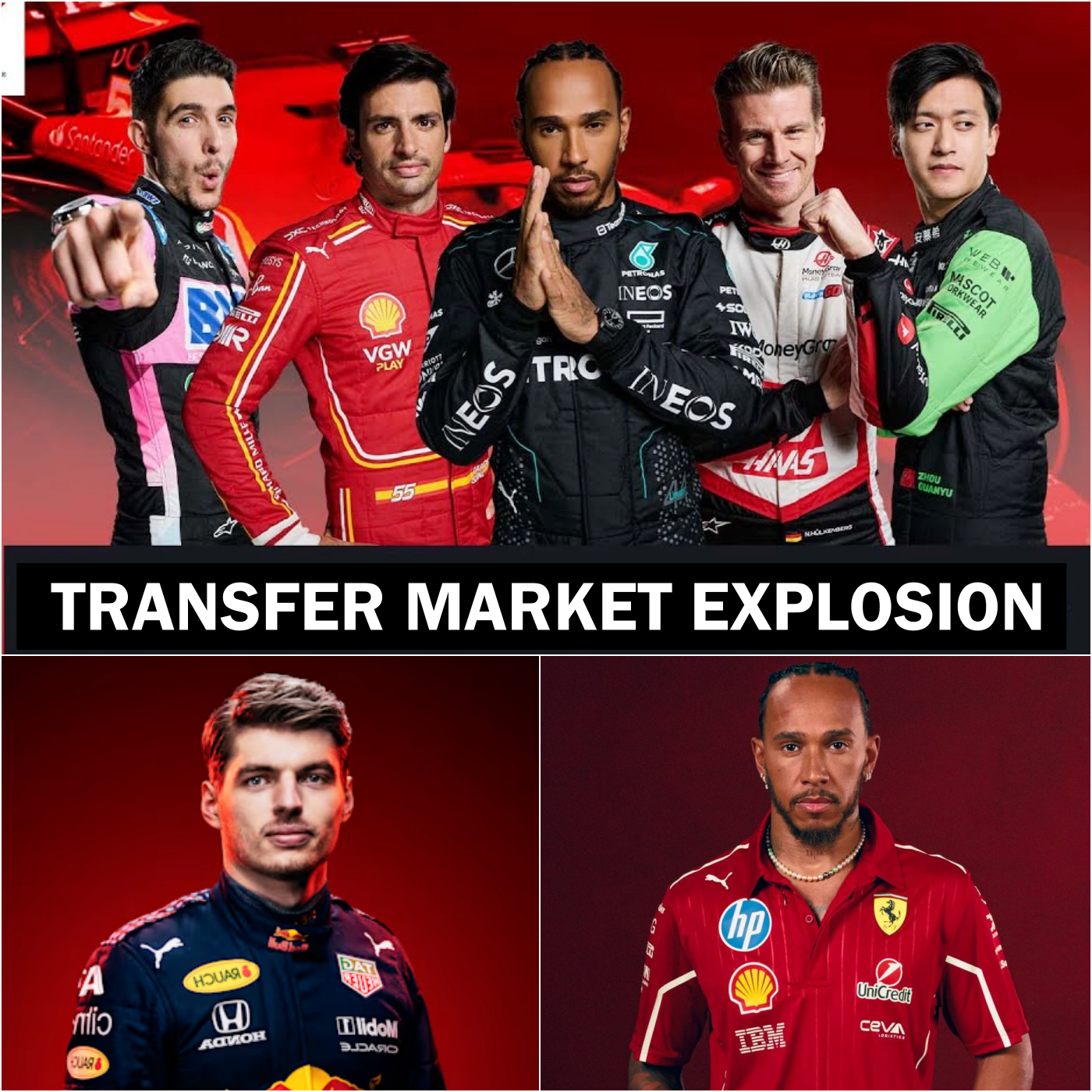
The most striking story is undoubtedly Max Verstappen. The Dutchman remains under contract with Red Bull until 2028, but a special clause allows him to leave after the 2026 season if the team is not in the top two at the summer break. This is critical, as Red Bull has decided to build its own power unit in partnership with Ford instead of continuing with Honda. It’s a huge gamble: either they maintain dominance or risk falling behind. Mercedes has made no secret of its desire to sign Verstappen for 2027, even considering keeping George Russell on a short-term deal to free up a seat.
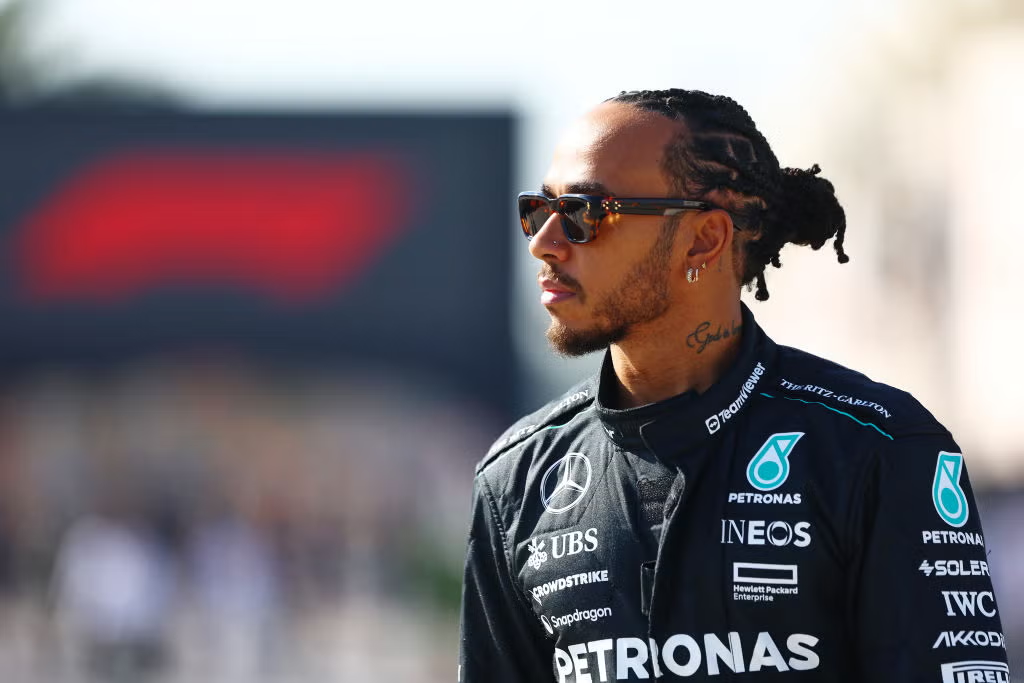
George Russell, despite his strong performances and race victories, finds himself in a tricky situation. He wants a three-year deal worth as much as Lando Norris earns, but Mercedes is only offering a one-year extension. To protect himself, Russell is demanding clauses that safeguard his position, including performance comparisons against young teammate Andrea Kimi Antonelli. It’s a clear sign of the uncertainty even top-level drivers face when Verstappen’s potential availability looms over the market.
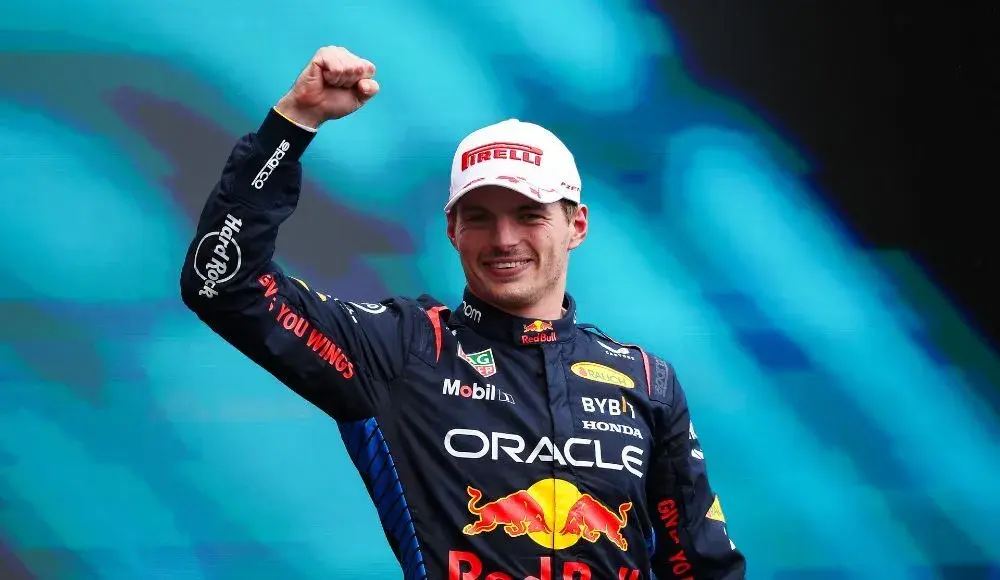
Charles Leclerc, meanwhile, is growing frustrated with Ferrari after years of failing to fight for a championship. Meetings between his management and representatives from McLaren, Aston Martin, and Mercedes suggest he’s weighing up options outside Maranello. With McLaren’s resurgence, Aston Martin’s ambitious project, and Mercedes’ promising 2026 power unit, Leclerc’s future is far from settled. Ferrari, aware of the risk, is reportedly considering bringing Carlos Sainz back as a backup option.
At the same time, Oscar Piastri is emerging as one of the brightest prospects. The young Australian’s mature performances have made him a target for Ferrari, who see him as a potential long-term successor to Hamilton. Although his McLaren contract runs until 2028, Ferrari’s forward planning reflects their desire to avoid being caught off guard if Hamilton steps away.
As for Lewis Hamilton, who joined Ferrari chasing his record-breaking eighth world title, the future remains uncertain. At 40, he doesn’t have time to waste with an uncompetitive car. While he holds an option to extend his contract until 2027, sources suggest he will only do so if Ferrari proves capable of delivering a championship-winning machine. Otherwise, retirement looms as a realistic possibility.
All of this means the 2026 season could become a turning point in F1 history. It will not only determine that year’s champion but also reshape the entire driver market for years to come. A domino effect could unfold: Verstappen to Mercedes, Leclerc leaving Ferrari, Piastri rising as a new star, and young drivers like Antonelli stepping into top seats. For fans, it promises to be one of the most unpredictable and dramatic eras modern F1 has ever seen—where every contract and every decision could change the course of the sport.
